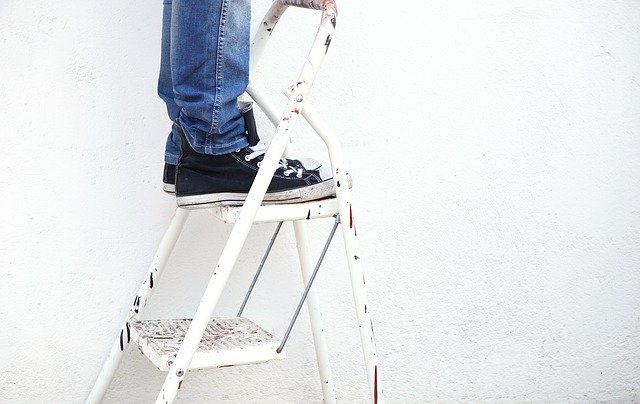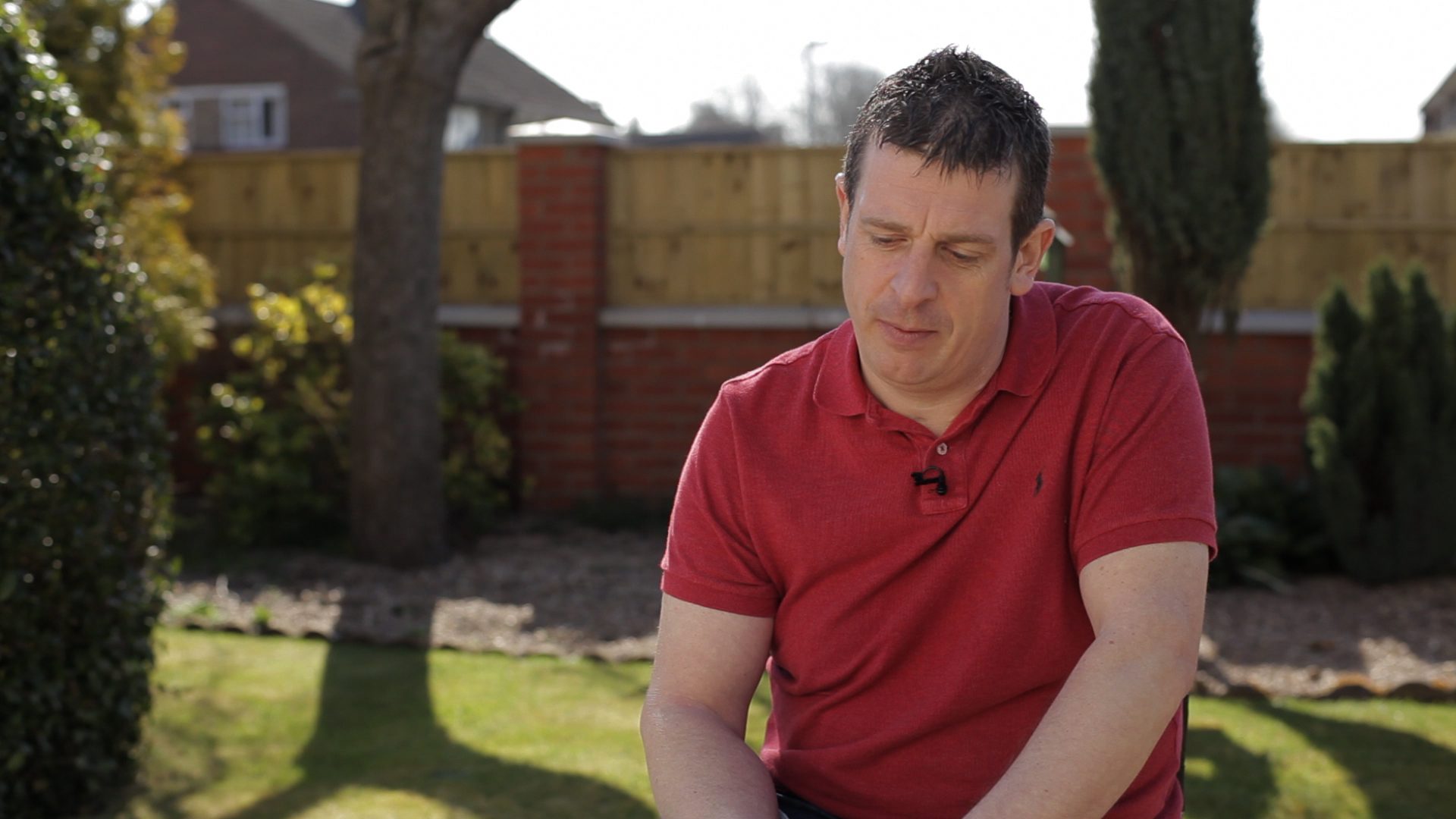Working at Height for WSH

Although the UK is one of the safest places to work in the world, with consistently one of the lowest rates of fatal injury across the European Union, I am often saddened and disappointed whenever I read the annual injury statistics.
That’s because people are still having what I call “old” accidents, which still happen in the modern-day workplace despite decades of advancement in occupational safety.
Falls from height are one of these types of “old” accidents. They consistently account for the most deaths to British workers, and on top of this, the cost of people falling from a height over the past five years is estimated at around £800million, with many people needing lifelong care.
Outside of the workplace, falls are also one of the biggest causes of accidents resulting in death or a trip to a hospital emergency department.
It’s an issue that is so prevalent, that it has even been recognized by the UK Parliament.
Last year, a group of politicians and industry leaders (called the All-Party Parliamentary Group on Working at Height) launched a report called Staying Alive: Preventing Serious Fatalities while Working at Height. After extensive research and stakeholder consultation, it made four recommendations and highlighted two opportunities for further consultation:
- To enhance the reporting of incidents (specifically under the UK Reporting of Injuries, Diseases, and Dangerous Occurrences Regulations) without placing additional burdens on industry
- To appoint a confidential reporting body for all near-misses and accidents that do not qualify for reporting under the Regulations
- To extend safety campaigns to industries outside of the construction sector
- To extend a system like Scotland’s Fatal Accident Inquiry process to the whole of the UK
- Create a digital technology strategy, including tax relief, to enable SMEs and sole traders to invest in new technology
- To conduct a major review of work-at-height culture, including an investigation into the suitability of legal financial penalties.
The work of the All-Party Parliamentary Group continues. At the last meeting of the group in September, the discussion focused on working at height and preventing falls in rural locations. The
Vice-Chairperson, Member of Parliament Chris Stephens, explained that although there is a common assumption that falls from height exclusively occur in the construction sector, in fact, agriculture, forestry and fishing have the highest rates of workplace death across the UK, with falls from height accounting for 15 percent of the total number in these sectors.
Here at RoSPA, we have been working on tackling falls from height with The Ladder Association, which is the membership body for those businesses that require elements of working at height in
the UK.
Last year we partnered up to launch the Get a Grip national ladder safety campaign, promoting the safe use of ladders both at work and at home. The control measures for fall prevention are universal, whether you’re at work or home, and wherever you are in the world.
We wanted to use the campaign to tell stories to deliver the vital safety messages; while statistics and safety information work to highlight the issues, nothing changes attitudes and behavior like emotion and personal experiences.
Quite often, as a safety training and education organization, we interact with larger companies that are willing and able to implement proper policies and practices, however, we recognized that we needed to start reaching those sole traders or small to medium enterprises with a handful of staff – where time is money, and corners might be cut.

Jason Anker, a friend of RoSPA and someone we work very closely with on this issue, is passionate about telling his own story to ensure that he prevents falls from height. In 1993, when he was 24-years-old, he fell 10ft from a ladder while working on a roof, fracturing his back and becoming paralyzed from the waist down. Jason now works as a motivational and behavioral change speaker, giving talks to companies about his experience.
However, for the Get a Grip campaign we went one step beyond Jason’s story, instead of telling that of his daughter, Abbi, and the impact his fall had on her and her family’s life.
Utilizing an emotional video, Abbi speaks of her experience growing up with a paralyzed father (he had his fall when she was aged just three), and how in later life he was not able to walk her down the aisle or dance with her at her wedding, and today cannot pick up and play with his granddaughter. In a blog, she also recalls how he couldn’t do the things a normal dad could do, like
take her swimming, play soccer or teach them to ride a bicycle.
While we’ve been promoting the video and blogs to key stakeholders, her story was also reproduced on a pocket-sized, downloadable leaflet.
Great strides are being taken in tackling this issue head-on in workplaces, but the great thing about the Get a Grip campaign is that personal stories will always get to those hard-to-reach places mentioned above, and beyond that, will make people think about what they are doing in their day-to-day home lives too.
The vast majority of falls and other unintentional injuries occur in the home or leisure environments, away from the workplace, so as employers we need to ensure we are engendering in our staff behavior which they will carry over the threshold into the outside world. While we can be guilty of leaving good health and safety practice behind when we clock out every day, stories such as those from Abbi and Jason will literally “hit home”; they won’t be forgotten in a hurry, meaning we will be thinking about them whether we’re welding at 30ft or hanging festive decorations at the top of an 8ft ladder.
When we recognize that our people are at the heart of organizational sustainability, we need to ensure that our health and safety messages are carried by them wherever they are, so we can
address the huge burden – not to mention impact on the bottom line – that home-based unintentional injury can create.
Stories help us to put people first. They are what lies behind the statistics, the reason for our policies, and most importantly they help people to understand and react.
I would urge all health and safety managers dealing with working at height issues (and even those who aren’t) to take a look at Abbi’s story. You can find out all about her and her campaign on The Ladder Association website, or her blog at www.rospa.com/abbi. OSH managers can also read Jason’s story at www.rospa.com/jason.
For those wanting to see the All-Party Parliamentary Group’s recommendations for solving the problem of falls from height in the workplace, and to track its progress, see www.workingatheight.info.
